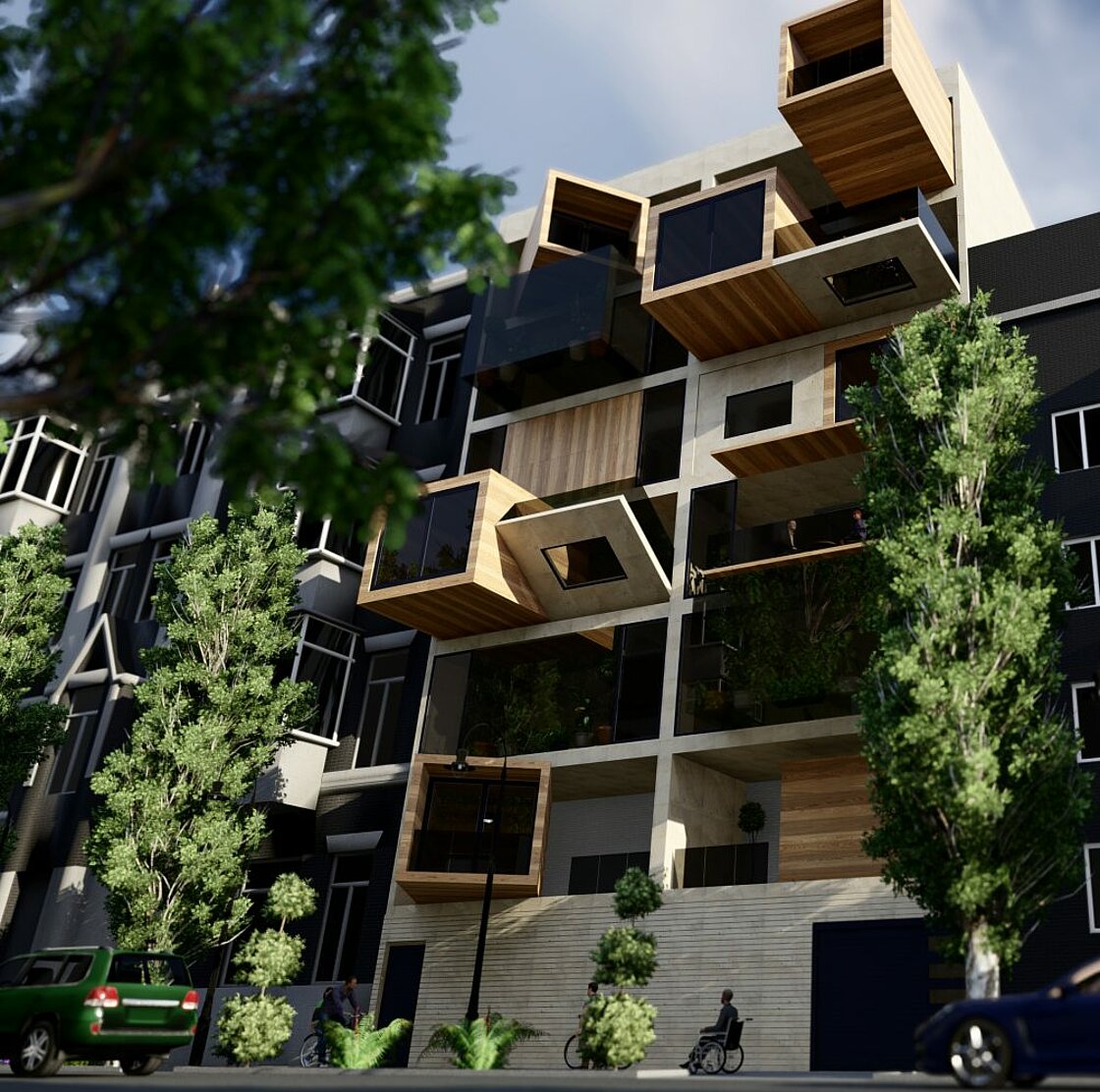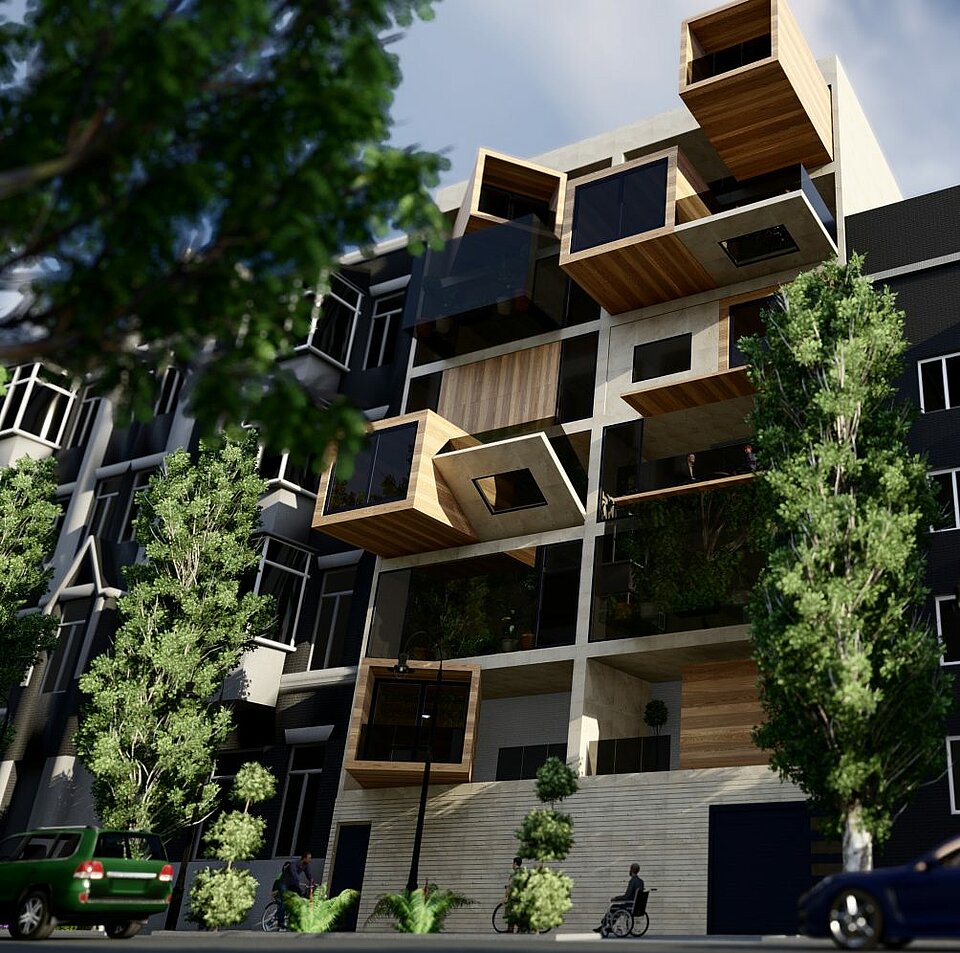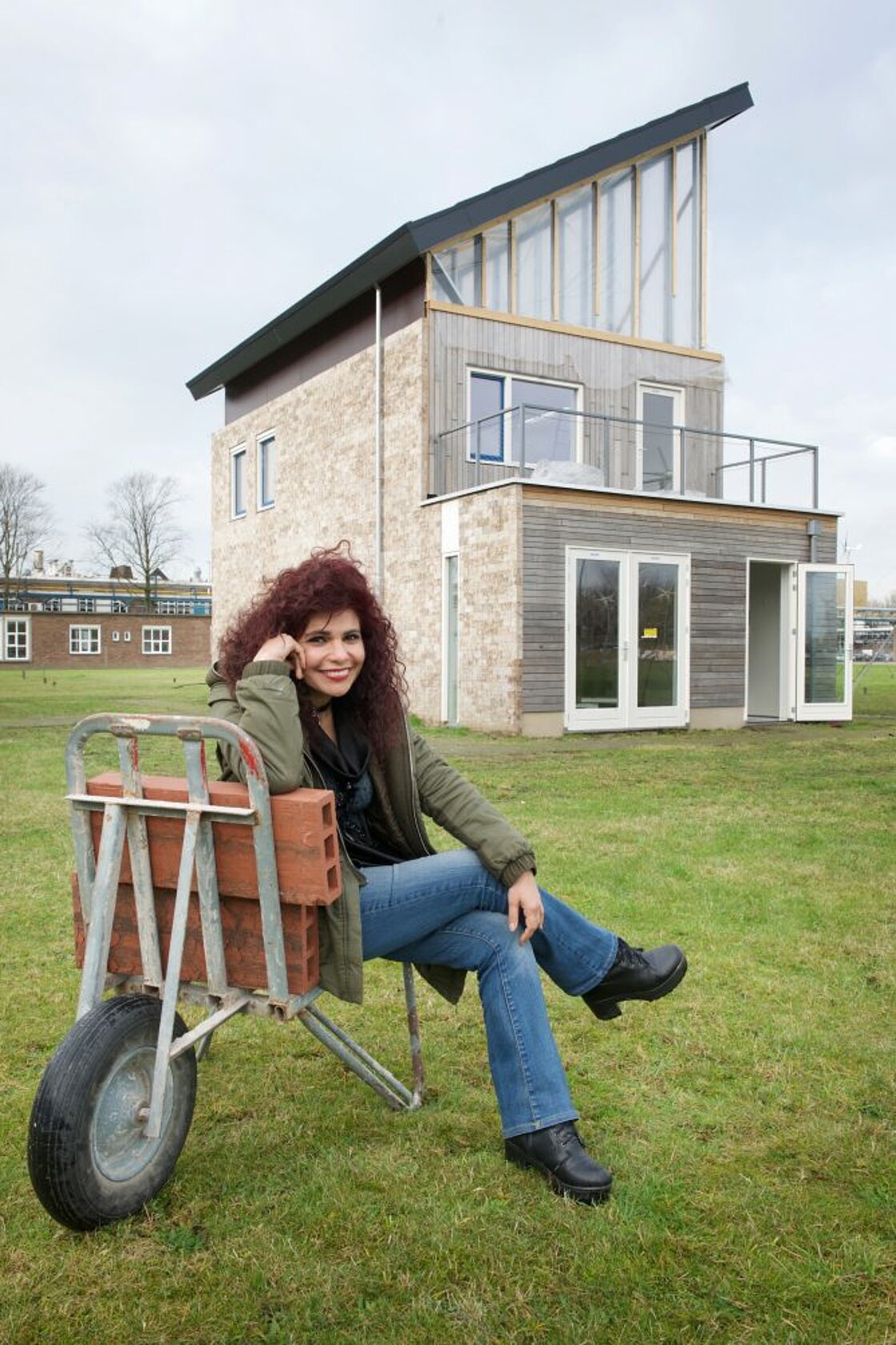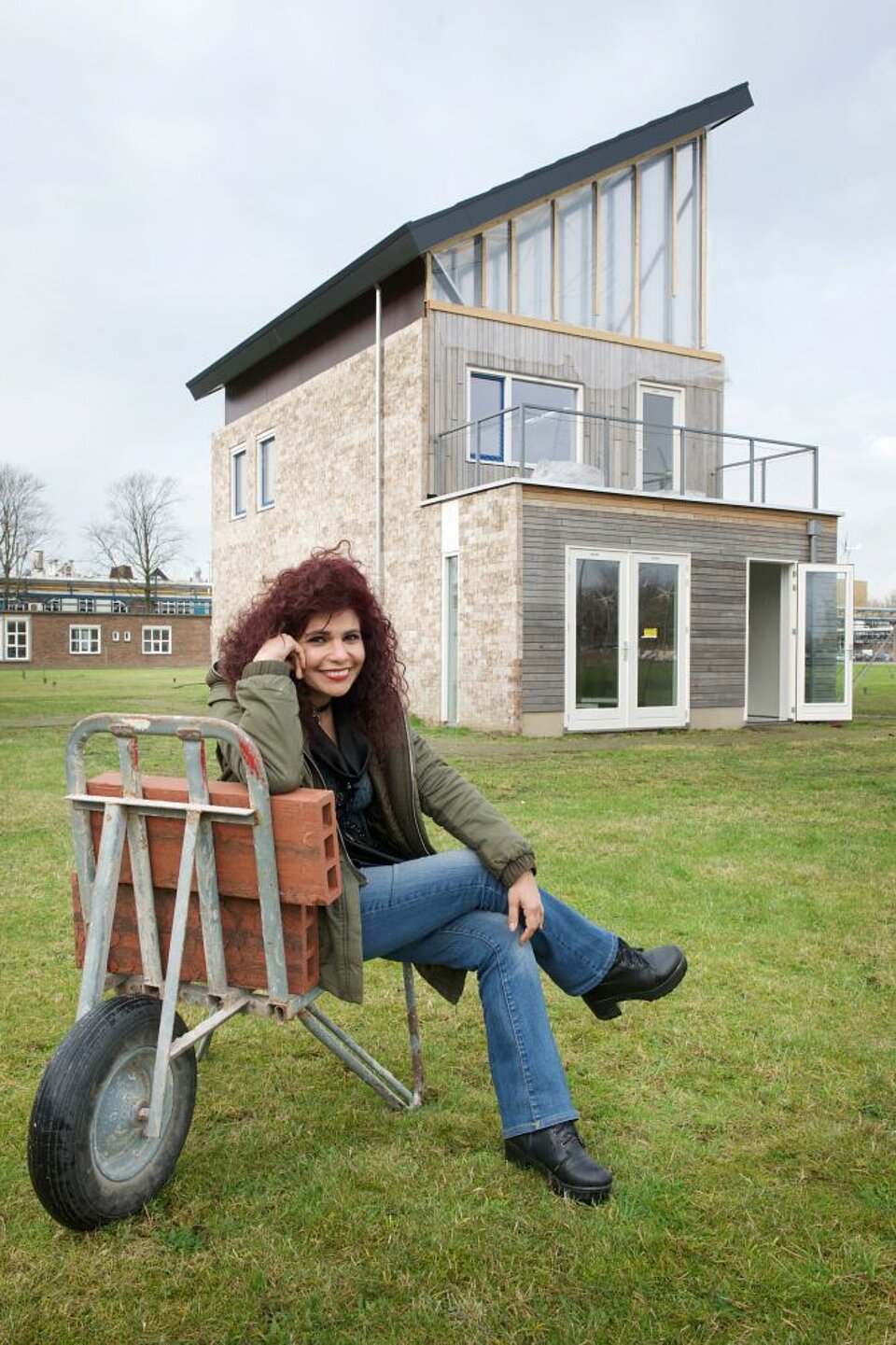Living in a robot: ‘a house literally has to adapt to its occupants’

Will we live in a large robot in the future? Professor of Smart Architectural Technologies Masi Mohammadi is developing a robot house. "A house should accommodate its occupants needs and wishes."
“In order to accommodate its residents, a house must be able to adapt to what they want and need,” says Masi Mohammadi, professor of Smart Architectural Technologies at TU Eindhoven. She has her own vision of housing construction. “I think that in the future a house will be a big robot. Our homes will then take care of us. A house will no longer be static but will adapt to our way of life and needs. It will literally and figuratively move with the residents.”
The use of artificial intelligence in houses plays an important role in this. AI enables a house to learn from the behavior of its occupants. “Suppose that the house can make itself a little bigger and a little smaller in certain situations. A larger living room or balcony, for example, can be useful when friends come over. The house could then expand a few centimeters. When the party is over, the house shrinks again,” Mohammadi explains. She thinks we will be seeing robotic homes on the streets by 2040. In order to realize that, the team (which is made up of a diverse range of researchers) is facing major mechanical, architectural, software, and social challenges.
Experiments
Research is still in an experimental phase. The researchers are looking into the technical and structural feasibility of the idea through various studies. Of course, there are also plenty of legal and ethical issues. After all, are you allowed to use just a section of public space to make your balcony a few centimeters bigger for one evening? “We don’t have an answer to that at the moment,” Mohammadi notes.
“But we do know that changes are taking place in society. The need for social contact is great, as is the need to belong somewhere. That’s why we see more and more often that people – even after their student days – are sharing some amenities. Moreover, elderly people increasingly want to live independently for longer periods of time, which means that their homes have to meet other needs.” This leads to new perspectives on housing construction.


Shifting walls
“What if the wall between two apartments could shift,” she proposes. On one side lives an elderly lady and on the other side a student. “The student might want to have a drink with friends in the evening, while the older woman is off to bed. Then it would be ideal if the wall between the living rooms could shift a little. That way the student has some extra space and the older woman wouldn’t use it at that time,” Mohammadi explains. “It could be the other way around in the morning.”
Sharing economy
The researcher bases many of her ideas on the sharing economy. “We try to inspire people with our ideas. We want to show that things can also be done differently.” Over the coming years, Mohammadi wants to work towards the robot house one step at a time. She is currently working on a prototype of an ’empathic house’ for people with dementia. The house can take over some of a caregiver’s tasks, e.g. indicating times to eat, get up or go to sleep. Lighting and acoustic signals are used for this purpose, amongst other things. “At noon, the house projects a sandwich on the wall and arrows light up on the floor to the kitchen and the smell of freshly baked bread wafts from there. This helps remind someone to eat,” she points out.
The researchers use a combination of existing technologies and software inside the house. “Artificial intelligence plays a crucial role here too. It teaches the house to learn from the behavior of its occupants and caregivers in order to help them in the best possible way,” she says. Mohammadi emphasizes that the house does not take over any tasks, but helps people to do certain activities themselves. “This is how we help people to rely on their own strengths.”


More nature
Aside from the relationship with each other, a robot house can also contribute to our relationship with nature, according to the researcher. “We spend a large part of our time inside, while we really enjoy being outdoors,” she finds. “What if the facade of a building, such as a house, office, or lecture hall, can unfold so that we can sit outside more often? That would be a solution for students at school, but also for older people who are less mobile, for instance.”
Mohammadi’s greatest inspiration is the world-famous architect Le Corbusier. “He once said that ‘a house is a machine to live in’. In that case, I think that a house should also be able to adapt to what its occupants want. What’s more, it should be able to adapt to nature,” the researcher stresses. She compares it to a convertible. “The sunroof can be opened when it’s warm. Why can’t something like that be done with a house?” she wonders. “Imagine that a house could also put on and take off a kind of jacket made of insulation material, depending on the weather and the needs of the occupants. That would improve comfort levels in the home and general well-being too.”
Luxury
“Every architect works with the materials and knowledge that is available at the time,” she continues. “We have the luxury of being able to use AI and the Internet of Things. This allows different parts of a building to communicate with each other.” Her dream is to continue working on the ideas of her beloved role model. “I think buildings have more to offer than what we are getting from them now.”
Yet a great deal of research is still needed before we can actually live in a robot. “This is not only a technical challenge but also a psychological one. People attach tremendous value to their homes. It can be difficult to deal with them in a completely different way all of a sudden,” Mohammadi adds. Interactive construction components are being researched in several places around the world, for example in order to lay out a small apartment as efficiently as possible. Nevertheless, research that is based on ‘living in a robot’ is unique.
“Housing is a basic necessity. The change we want to implement in the home is therefore not just technical, but also psychological. That makes it complicated but also very wonderful,” she states. ” We have embarked on a new path with this research. We want to get the best that we can possibly get out of buildings.”